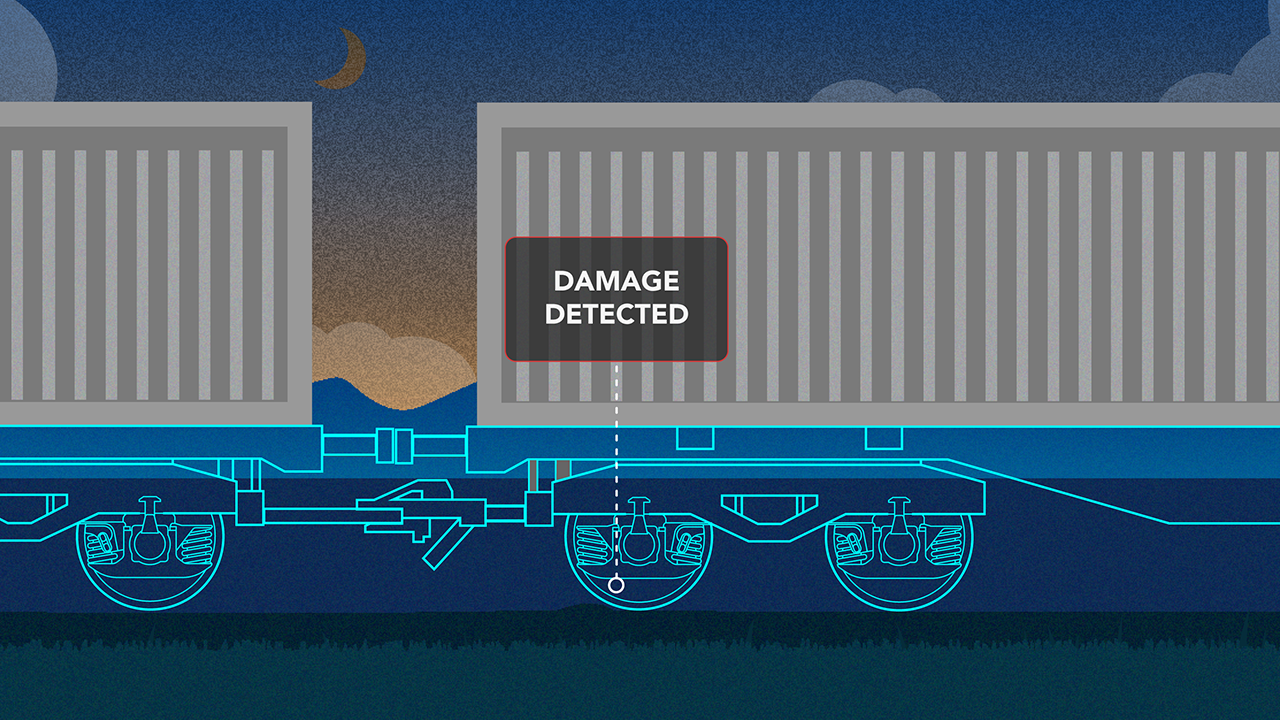
Moving Closer to Rail Maintenance Truth
Written by Daniel MacGregor, Nexxiot AG
The rail sector can be a digital leader in supply chain transparency. Deploying the latest analytics now must take center stage.
By 2025, the leading managers in the cargo transport space will have digital tools to transform how decisions are made. In rail cargo transport, wheelset and brake maintenance make up around one- third of the total costs. For rail to be competitive with road transport, maintenance needs to become more predictable and controllable. When servicing or repairing a highway truck there are many options spread across multiple locations. When scheduling the same for a railcar, there are limited options, and costs quickly spiral out of control.
Current Situation is a ‘Blame Game’
Asset fleet owners, operators and railway undertakings find it difficult to monitor the services of contracted third parties. With assets located remotely, fleet managers must take the workshops’ word for it. A workshop or ECM (Entity in Charge of Maintenance) must carefully manage its workload too. Railcars are big, heavy industrial objects. They take up space, are challenging to move around and require specialized parts that are unique to different types, ages, and locations.
There is no universal maintenance record either. Different fleets run by different owners require workshop engineers to access different maintenance systems. Often the information they need is unavailable or things change, which means time is lost and delays occur. This often ends in a “blame game” where legal disputes arise, and investigations are protracted.
The result is that trust is lost. Railcar maintenance is a mix of art and science. Lots of domain expertise is required, especially where there is limited data. Past conditions do not always provide the right evidence of what might happen next because complex systems are intrinsically difficult to predict. Infrastructure limitations result in poor fleet utilization and increased cargo owner insecurity. This creates an even greater tendency for shippers to choose road transport over rail. In an industry that relies on trust, where are the trusted technology partners to rely on for future digital enhancements?
Tech solutions make it possible to test strategies for management of assets and operations. Rail industry decision makers use these tools to predict maintenance, order parts, plan routes and align with workshops. They can even be used to evaluate prospect customers based on predicted profitability.
Complete Railcar Visibility
Maintenance managers face the agonizing task of optimizing maintenance schedules without compromising safety. The question is to do it ‘too early’ vs. ‘too late’. Normally, the choice is to be ‘much too early’ to be on the safe side. This means that maintenance is carried out on assets that could still safely travel many more miles. The other dilemma they face is to ‘repair’ or ‘replace’ parts and components. Without accurate data from sensors attached to the railcar it’s very difficult to investigate which option is best for safety, profitability, and sustainability.
Rail digitalization requires a technology partner who can collect quality unique data from the asset and cargo itself. It needs expertise on how to build the latest tools for insights and process automation. It requires a partner who has the respect of the industry as a technology pioneer and guardian of quality. It demands a partner who understands the process of standardization with real experience in establishing digital standards with groups like TIS/ITSS in Europe and Railinc (AAR) or RailPulse in the U.S. It requires an understanding that the best digital tools create value for all participants in the ecosystem. In the search for rail maintenance truth, trust is everything.

Daniel MacGregor is Co-founder of Nexxiot AG. Founded in 2015, Nexxiot took up the position of innovation leader. The organization became a defender of open-source technology, standards, certifications, and innovation culture. To encourage participation, MacGregor took on the role of conference chair at the premium digital rail event ‘Rise of IoT and Big Data in Rail’ to support debate among key industry players. By demonstrating commitment to standard bodies and clients, Nexxiot supports the industry to drive digital innovation for the benefit of all its stakeholders. This is achieved through the deployment of cutting-edge hardware and analytics. A strong example is seen in the recently launched Nexxiot Kingpin Monitor, which confirms the safe loading of semi-trailers onto railcars. This model shows how co-innovation can be accelerated as innovators work together with clients to solve specific industry problems.



